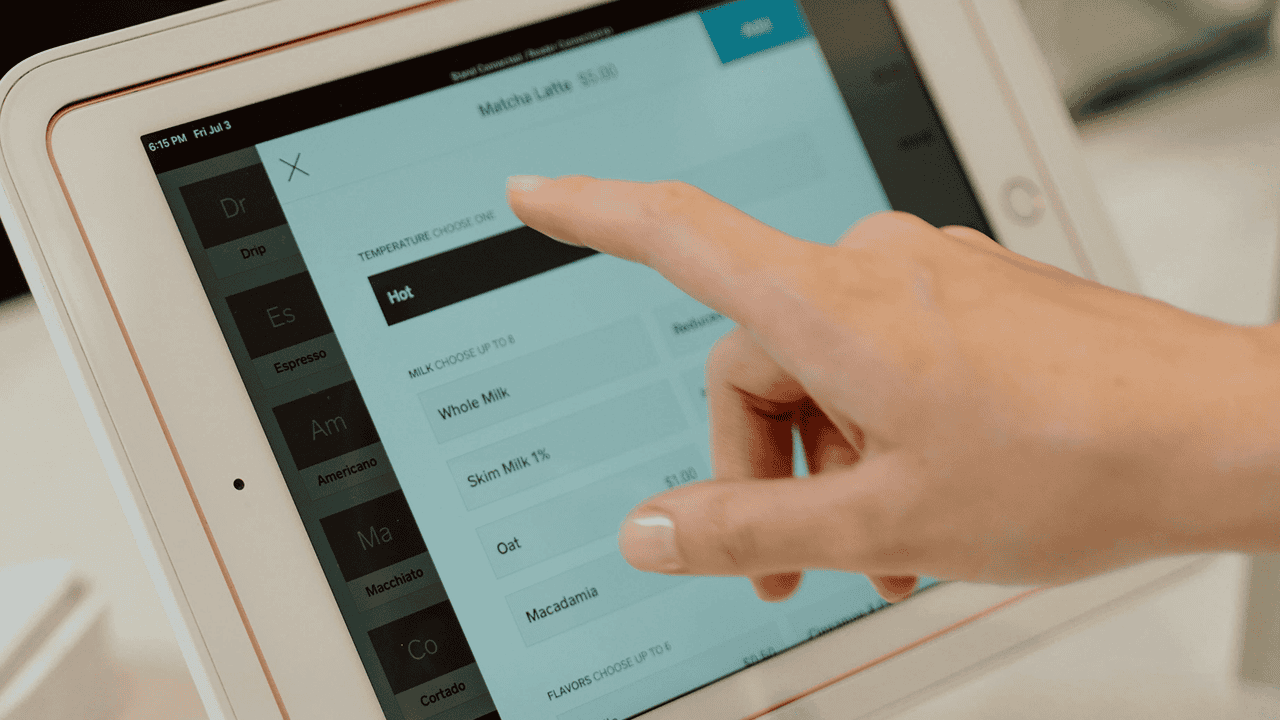
By Brenda Jackson February 17, 2025
The retail landscape is continuously evolving, and businesses must adapt to meet customer demands. One way to enhance your store’s reach and inclusivity is by offering EBT (Electronic Benefits Transfer) payment processing. EBT allows customers to use government-issued benefits, such as SNAP (Supplemental Nutrition Assistance Program), to purchase eligible items.
While some store owners may hesitate to integrate EBT payment processing, fearing complexities or additional costs, the benefits far outweigh the challenges. From expanding your customer base to increasing revenue, EBT processing can be a game-changer for businesses in the food and grocery sector.
In this article, we will explore the numerous advantages of accepting EBT payments, how to implement it in your store, and why it can be a crucial factor in business growth.
What is EBT Payment Processing?
Understanding EBT and SNAP
EBT, or Electronic Benefits Transfer, is a government-administered system that enables beneficiaries of federal assistance programs to use their benefits electronically. The most common program associated with EBT is SNAP (formerly known as food stamps), which provides financial aid to low-income individuals and families to purchase essential food items.
When a customer makes a purchase using their EBT card, the amount is deducted from their benefits account, much like a debit card transaction. These funds can only be used for eligible food items and are not applicable for alcohol, tobacco, or non-food products.
How EBT Payments Work in Retail Stores
Retailers authorized to accept EBT payments must have a point-of-sale (POS) system capable of processing these transactions. The system must be compliant with government regulations and approved by the Food and Nutrition Service (FNS), a division of the U.S. Department of Agriculture (USDA). Once approved, stores can process EBT payments seamlessly, providing a convenient payment option for customers.
Advantages of Accepting EBT Payments
1. Expanding Your Customer Base

One of the most significant benefits of offering EBT payment processing is the ability to serve a broader customer base. According to USDA data, millions of Americans rely on SNAP benefits to afford groceries. By accepting EBT, you open your store to this large customer segment, increasing foot traffic and potential sales.
Low-income households often prioritize shopping at stores that accept EBT, ensuring they can utilize their benefits without inconvenience. If your store does not offer EBT payments, you risk losing these potential customers to competitors who do.
2. Boosting Sales and Revenue
EBT acceptance directly impacts your store’s revenue. With more customers able to shop at your store, sales naturally increase. Research shows that stores accepting EBT often experience higher transaction volumes and steady revenue streams, as SNAP recipients shop regularly to meet their basic food needs.
Additionally, many customers who use EBT benefits also make additional purchases using other payment methods, further increasing your overall sales.
3. Strengthening Community Relationships
Businesses that offer EBT payment processing contribute positively to their local communities. By accepting SNAP benefits, you help families access nutritious food, improving their quality of life. This community support fosters customer loyalty, making shoppers more likely to return to your store regularly.
Furthermore, being a socially responsible business can enhance your reputation and establish your store as an essential part of the neighborhood.
4. Competitive Advantage Over Non-EBT Stores
If your competitors do not accept EBT payments, you gain a strategic advantage by catering to a larger audience. Stores that provide EBT payment options often attract more foot traffic, which can result in higher brand recognition and customer retention.
Being one of the few stores in your area that accepts EBT can give you a significant edge, positioning your business as an accessible and customer-friendly option.
5. Increased Grocery and Essential Sales
SNAP benefits are specifically allocated for food purchases, meaning customers using EBT are primarily shopping for essential grocery items. Unlike discretionary spending, grocery sales remain stable regardless of economic fluctuations, ensuring a consistent stream of revenue for stores accepting EBT.
Even during economic downturns, SNAP recipients continue to use their benefits, making EBT-friendly stores less vulnerable to market instability.

6. Government Incentives and Support
The USDA and other government agencies provide various incentives for retailers that accept EBT payments. These may include grants, tax benefits, and technical assistance to help small and medium-sized businesses integrate EBT processing efficiently.
Additionally, participating in government-backed programs such as the Healthy Food Financing Initiative (HFFI) can open doors to funding opportunities that support store expansion and improvement.
7. Encouraging Healthier Eating Habits
Many federal and state programs encourage SNAP recipients to purchase fresh and nutritious food items. By accepting EBT, your store plays a role in promoting healthier eating habits among low-income families.
Programs such as Double Up Food Bucks provide matching funds for EBT users purchasing fruits and vegetables, further increasing sales of healthy food items in your store.
How to Get Started with EBT Payment Processing
1. Apply for EBT Authorization
To start accepting EBT payments, retailers must first obtain authorization from the Food and Nutrition Service (FNS). The application process involves:
- Registering your business on the USDA website
- Providing necessary documentation (such as tax ID and store details)
- Meeting eligibility requirements (such as selling staple food items)
2. Upgrade Your POS System
Your store’s point-of-sale (POS) system must be capable of processing EBT transactions. Many modern POS systems include EBT functionality, but if yours does not, you may need to upgrade or install an additional terminal.
Ensure your POS provider is compliant with FNS regulations and capable of handling secure EBT transactions.

3. Train Staff on EBT Transactions
Proper staff training is essential to ensure smooth EBT payment processing. Employees should be familiar with:
- Eligible and ineligible items for EBT purchases
- How to process EBT transactions correctly
- Addressing common customer questions about SNAP benefits
Providing clear guidelines to your staff will prevent confusion and enhance the customer experience.
4. Promote Your EBT Acceptance
Once your store is EBT-authorized, let customers know! Use signage, social media, and local advertising to promote your EBT acceptance. Placing an “EBT Accepted Here” sign near your store entrance can attract potential customers who rely on SNAP benefits.
Addressing Common Concerns About EBT Payment Processing
1. Is Accepting EBT Costly for Retailers?
While there are costs associated with upgrading POS systems or acquiring authorization, the long-term benefits of increased sales and customer loyalty outweigh the initial investment. Many states also provide assistance to small businesses in implementing EBT processing.
2. Are There Any Legal or Compliance Issues?
Retailers must adhere to FNS regulations to maintain their EBT authorization. This includes ensuring that only eligible items are purchased with EBT and complying with all reporting requirements. Staying informed about program updates and training employees on compliance will mitigate potential legal concerns.

3. Does Accepting EBT Attract Fraud?
EBT fraud is relatively low, and modern POS systems have security measures to prevent misuse. By following proper transaction protocols, retailers can minimize any risks associated with fraudulent activities.
Conclusion
Offering EBT payment processing in your store is a smart business decision that benefits both retailers and customers. It expands your customer base, increases sales, strengthens community ties, and provides a competitive edge in the market. By making essential groceries accessible to low-income families, you contribute to the well-being of your community while boosting your store’s profitability.
With the right steps, including obtaining authorization, upgrading POS systems, and training staff, integrating EBT payment processing can be seamless. If you’re looking to grow your business while making a positive impact, accepting EBT is a step in the right direction.